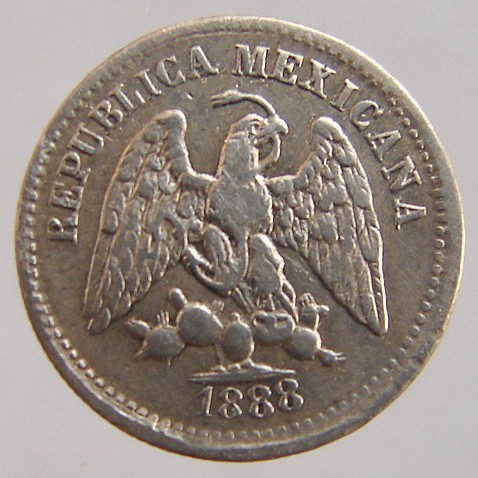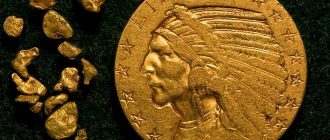Mexican antique coins feature images that depict the history and rule of Mexico. They are almost invariably worth more than their actual bullion value because of their numismatic significance. Read our guide for more facts and information…
Mexican coinage is associated with a complex history, portraying the culture, heritage and lifestyle of the people during the various periods, such as the Aztec Empire and the Spanish reign. Antiquities of native Mexican coinage have endured the passage of time, as evident from the newer discoveries that reach the numismatic market year after year.
Origin of Mexican antique coins
The earliest Mexican coin mint namely, the Casa de Moneda, was set up in 1535 after Spanish territories were established in America. Mexicans esteemed the use of metals and gave them sacred connotations, apart from admiring them. Even as early as the period of the Mayas, gold and copper were prevalent. Other metals like silver, tin and iron were in use, but alloying was not known to them. The Aztecs were well known for using gold in artefacts, ornaments and coins during the Spanish reign. Gold escudos were popular at that time and even after independence, the coin circulation in Mexico centered on the Spanish coinage until the late nineteenth century. Tin ingots and coins were used in the Taxco region. Before coinage came into existence, the cacao bean was used as the standard for valuation in Mexico throughout Central America.
Types of Mexican Coins
When gold replaced the cacao bean, all sorts of gold items of varying degrees of purity were put to circulation. Around 1526, the Mexican City Council asked people to get their gold fineness-stamped from the Royal Assayor. The stamped-gold, called ‘peso de oro ensayado’, was in circulation till the seventeenth century. At the same time silver cobs were also in use. The word ‘cob’ comes from the term ‘cabo de barra’, which was used to describe a legal piece of gold cut from a bar that has been stamped on either side in order to make a valid change.
Castellano Coins
The earliest coins were facsimiles of Spanish coins called castellano, featuring portraits of the kings, queens and religious symbols. Oaxaca and the Guerrero-Michoacan region are known for their unique copper coins. In the early 1700s, escudos and reales circulated as fractional currency. Towards the mid-nineteenth century, decimal currency came into existence with silver and gold pesos comprising hundred centavos.
Collectible value of Mexican antique coins
Gold coins of the 1800s provide information of the era and several rare issues, such as the ‘hookneck’, are noteworthy. The prices of the coins vary in accordance to the age of the coin, rarity and condition. Silver bullion coins like Silver Ozna are rarer than their American counterparts. Gold and silver coins depict Mexico’s national emblem in an exquisite manner showing the eagle in different angles. The fall of the Austrian monarch, Maximilian, in the mid nineteenth century is expressed as scales of justice on some coins. The one-peso coin commemorates Mexico’s independence.
Mexican antique coins are priced more for their antiquity rather than their bullion value and hence, the older the coin, the greater is the value.





